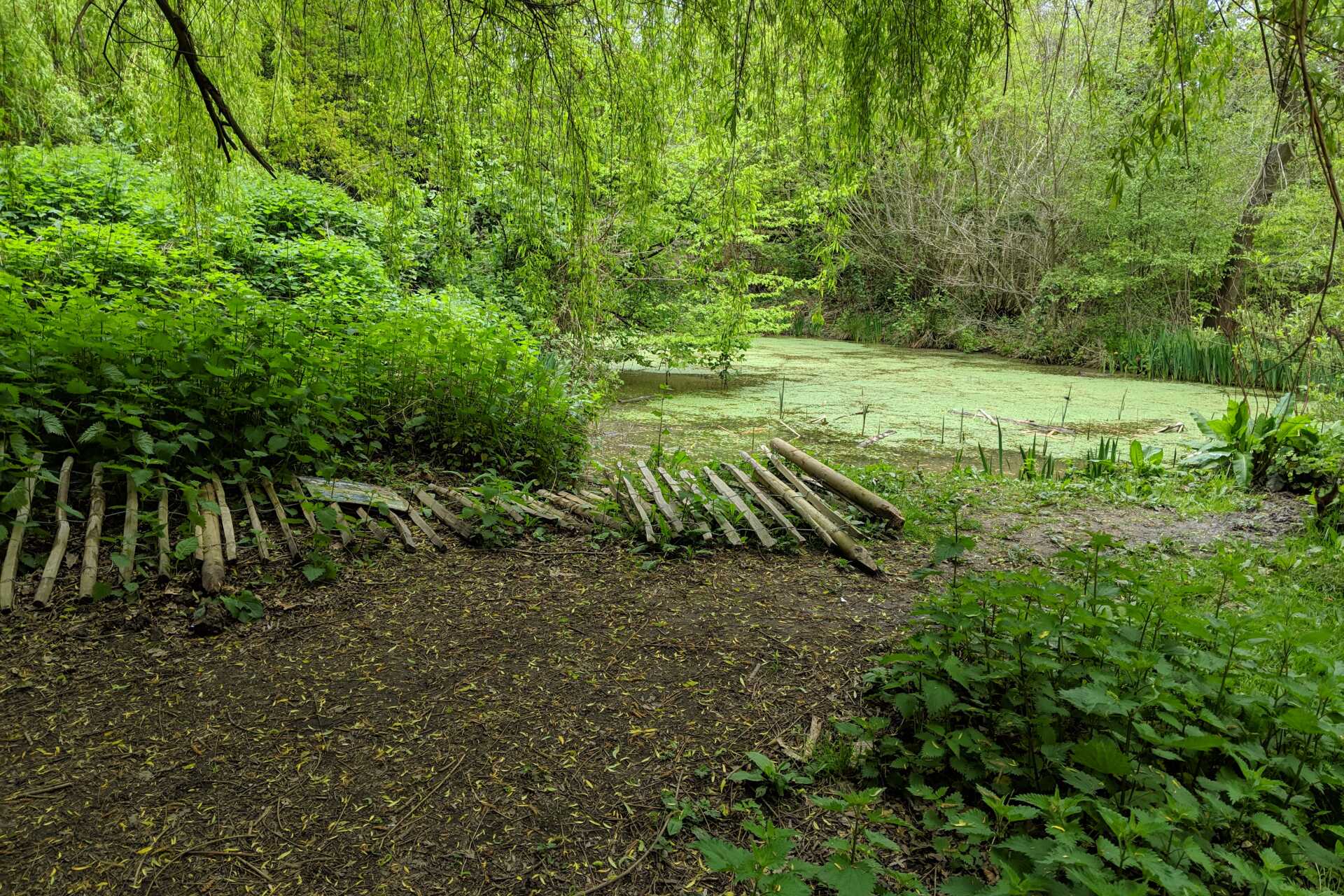
Lower Eliot Pond has been extensively monitored and is known to be a breeding pond for Great Crested Newts (GCNs) supporting a medium population. It is also recorded to support medium populations of native smooth and palmate newts, and occasional common frogs. Recent evidence also shows Upper Eliot as being a potential breeding site for the UK's three native newt systems.
The Quercus Genius is an outdoor teaching and learning space, nestling within woodland on the Canterbury campus, and one of the locations on the Wellbeing Map.

Mindfulness Activity
The previous and next stops